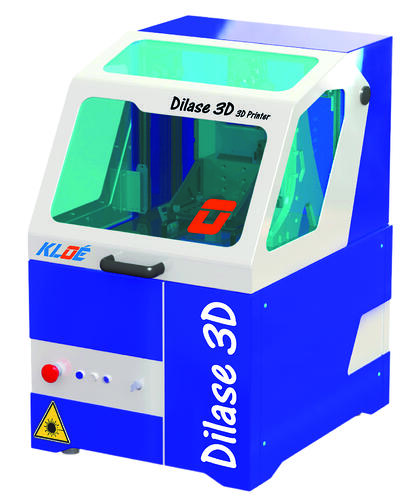Edgewave
Edgewave offer the InnoSlab laser with short to ultrashort pulse lengths, capable of precise processing with minimal heat affected zones. The electro-optical Q-switched laser with various laser media, pulse energy and output power offers a choice of wavelengths. Through an optimal combination of crystal shape, cooling and resonator design, InnoSlab lasers have special qualities not found with other types of lasers:
- Short pulse duration and high peak output power – precision processing with small heat affected zones
- High beam quality approaching the theoretical maximum – micro-processing
- High performance and scalability – high productivity
- Compact design and outstanding reliability – low cost of owner ship
- High efficiency – low energy consumption and environment friendly
- High flexibility in beam profile – processing with maximum energy efficiency.
InnoSlab lasers represent a new generation of laser beam sources. Because of its tailor-made features, InnoSlab technology is suitable for a variety of applications for industrial purposes such as production of photovoltaic cells and micro-drilling in glass and scientific uses for pumping a dye laser, pumping OPO and Ti:Sapphire lasers, and particle imaging velocimetry.
Viavi MicroNIR: A portable NIR spectrometer for field work
Estimating moisture content in biomass fuels using a portable NIR spectrometer to take real-time measurements using a hand-held infrared spectrometer has been shown to be achievable in the field. A study recently released in Science Direct detailed testing on a dataset of wood chips compared 3 predicted models for validity, accuracy, and precision. The results differed mostly on the extreme moisture content values. The researchers found the procedure was fast taking only seconds with each single measure easily accessed on a laptop or portable PC. The findings revealed the NIR spectroscopy is highly suited to analysis of biomass fuels to check for quality at any time along the supply chain.
You can read the study at ScienceDirect.

Kloé
The micro-implant THERACHIP was made by 3D printing in a high resolution Kloé Dilase 3D lithographic laser system. The THERACHIP is an implantable micro-device with a fluid connection system attached to a pump. The goal of Brice Calvignac of Angers University in creating the device, was to use it in the treatment of brain cancers, grade 4 brain tumors or glioblastomas enabling injection treatment to be as close to the affected site as possible.
THERACHIP provides an example application using a Kloé Dilase 3D a high-resolution printing tool, unique to the market. The Dilase 3D was developed using Kloé’s knowledge in photolithography for use in 3D microfluidics and biotech devices. The large depth of focus allows the user to write as easily in thick layers and in thinner layers but retain the same verticality of edges and minimal roughness.
This unique tool is available in Australia. If you would like to talk about your proposed usage call Dr Chaminade at Raymax on 02 9979 7646
For more on the THERACHIP, read the article on Kloé’s website.

